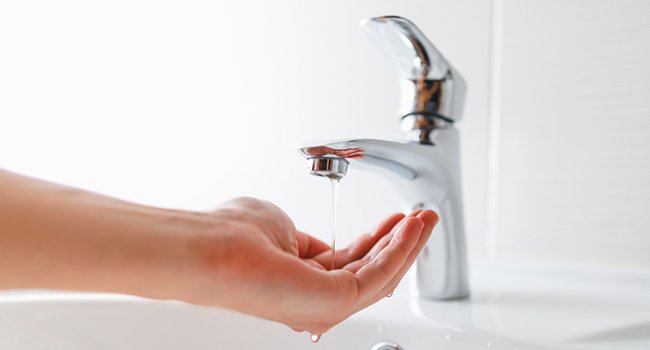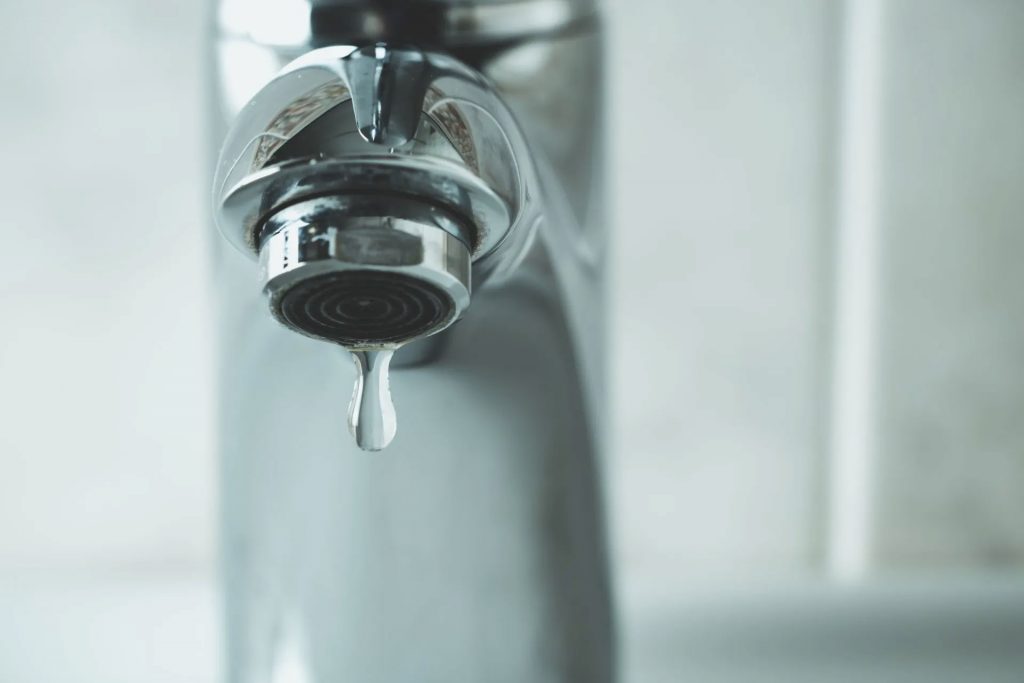This article on the next paragraphs relating to Dealing with Low Water Pressure in Your Home is extremely compelling. You should keep reading.

Low tide stress in your home can be an irritating trouble, impacting everything from showering to washing dishes. If you're experiencing weak water circulation, there are several possible reasons and solutions to discover. In this guide, we'll go over usual reasons for low tide stress and functional steps to deal with the concern successfully.
Introduction to Low Water Pressure
Low tide pressure happens when the flow of water from your taps, showers, and other fixtures is weaker than common. This can make everyday jobs much more tough and much less effective. Recognizing the reasons for low tide pressure is essential to finding the right remedy.
Common Root Causes Of Low Water Pressure
Faulty Stress Regulators
Stress regulators are responsible for maintaining constant water pressure in your home. If they malfunction, it can cause low water stress or uneven flow throughout your home.
Community Water Issues
Often, the issue lies outside your home. Municipal supply of water problems, such as main line leakages or upkeep work, can temporarily decrease water pressure in your location.
Pipe Obstructions
In time, pipes can come to be blocked with natural resource, sediment, or particles, restricting the circulation of water. This is a common problem in older homes with galvanized steel pipelines.
Corrosion
Corrosion within pipes can result in leakages and reduced water pressure. Corrosion build-up can restrict water flow, especially in aging plumbing systems.
Exactly How to Diagnose Low Tide Stress
Inspecting Pipes
Check noticeable pipes for indications of leakages, corrosion, or obstructions. Take note of any unusual audios, such as knocking or rattling pipelines, which can indicate issues within the plumbing system.
Consulting with a Plumber
If you're not able to identify the root cause of low tide pressure, consider employing a professional plumber to perform a complete inspection. They can determine underlying concerns and advise appropriate solutions.
Inspecting Faucets and Components
Beginning by examining the water stress at various taps and fixtures throughout your home. If the problem is isolated to specific areas, it might suggest local problems.
DIY Solutions to Take Care Of Low Tide Pressure
Flushing Water Heater
Sediment buildup in the hot water heater can limit flow and lower effectiveness. Flushing the container regularly assists get rid of debris and preserve optimum performance.
Inspecting Pressure Regulator
Make sure that the pressure regulator is functioning correctly. Adjusting or replacing the regulator can aid restore appropriate water stress throughout your home.
Cleaning Up Aerators and Showerheads
Mineral deposits can collect in aerators and showerheads, lowering water circulation. Eliminate and clean up these components frequently to enhance water stress.
Clearing Up Clogs in Pipeline
For minor clogs, try utilizing a plumbing snake or chemical drainpipe cleaner to clear blockages in pipes. Be cautious when making use of chemicals and comply with safety standards.
When to Call a Professional Plumber
If do it yourself efforts fail to resolve the problem or if you think significant plumbing issues, it's best to seek support from a licensed plumber. They have the expertise and devices to deal with complex concerns safely and successfully.
Preventive Measures to Maintain Water Stress
Installing a Stress Booster
Consider setting up a pressure booster pump to improve water stress in areas with constantly reduced flow. This can be especially beneficial for multi-story homes or properties with high-demand fixtures.
Monitoring Water Use
Bear in mind water usage routines and stay clear of overtaxing the plumbing system. Straightforward modifications, such as incredible showers and laundry tons, can aid keep appropriate water pressure.
Normal Maintenance
Arrange regular upkeep for your plumbing system to prevent issues such as rust, leaks, and obstructions. Addressing small troubles early can help avoid more substantial fixings later.
Verdict
Dealing with low tide pressure can be discouraging, but determining the underlying reasons and carrying out appropriate solutions can bring back ideal circulation throughout your home. Whether it's cleaning up aerators, examining pipelines, or speaking with a plumber, taking proactive actions can ensure a stable supply of water for your day-to-day needs.
FOUR WAYS TO FIX LOW WATER PRESSURE NOW
Turning on a shower or faucet only to find the water comes out in a sad, slow drizzle is never a good feeling. How exactly are you supposed to wash a pan or take a quick shower when it takes 10 minutes just to rinse off a little soap? The good news is that when your water pressure is bad, there's always a cause: typically one that can be easily fixed. Here are some of the most common causes of low pressure and what you can do to fix the issue:
DEBRIS AND MINERAL DEPOSIT BUILDUPS
If you notice low water pressure from just one or two of the fixtures in your house, the problem likely has to do with debris buildup. Water is full of minerals and other debris, all of which can accumulate in your pipes and on your fixtures. This can cause a blockage that affects how much water flows through. To fix this, try filling a small plastic bag with white vinegar, and use a rubber band to hang it around your showerhead or faucet. Let the head of the fixture soak for a few hours, and the vinegar should loosen the deposits.
WATER LEAKS
Leaks are another common cause of low water pressure. If water is flowing out of your plumbing through a hole or crack before it can reach your fixture, the pressure coming out of the faucet or showerhead will be lower. A plumbing professional is your best bet for finding and repairing a leak in your water supply pipes.
Leaks are another common cause of low water pressure. If water is flowing out of your plumbing through a hole or crack before it can reach your fixture, the pressure coming out of the faucet or showerhead will be lower. A plumbing professional is your best bet for finding and repairing a leak in your water supply pipes.
A VALVE ISSUE
If you have low water pressure throughout your home, check your main shut-off valve to make sure it's completely open. You may also want to see if there's a pressure-reducing valve installed. If there is, have a plumber help you adjust the settings to get the pressure you're looking for.
OTHERS USING WATER
Believe it or not, your low water pressure could be caused by your neighbors. If you notice low pressure at certain times of day, it may be because you and the people living next to you have similar schedules - when everyone is showering at the same time, the pressure will be lower in every home. Low pressure throughout the neighborhood may also be caused by an issue with your municipal water supply. If that's the case, call the supplier to see if they're working on the issue.
https://www.rotorooter.com/blog/water-leaking/low-water-pressure-fixes/

As a passionate person who reads about 9 Reasons for Low Water Pressure in Your House, I imagined sharing that excerpt was a smart idea. Kindly take a moment to share this post if you enjoyed it. I thank you for your readership.
Article